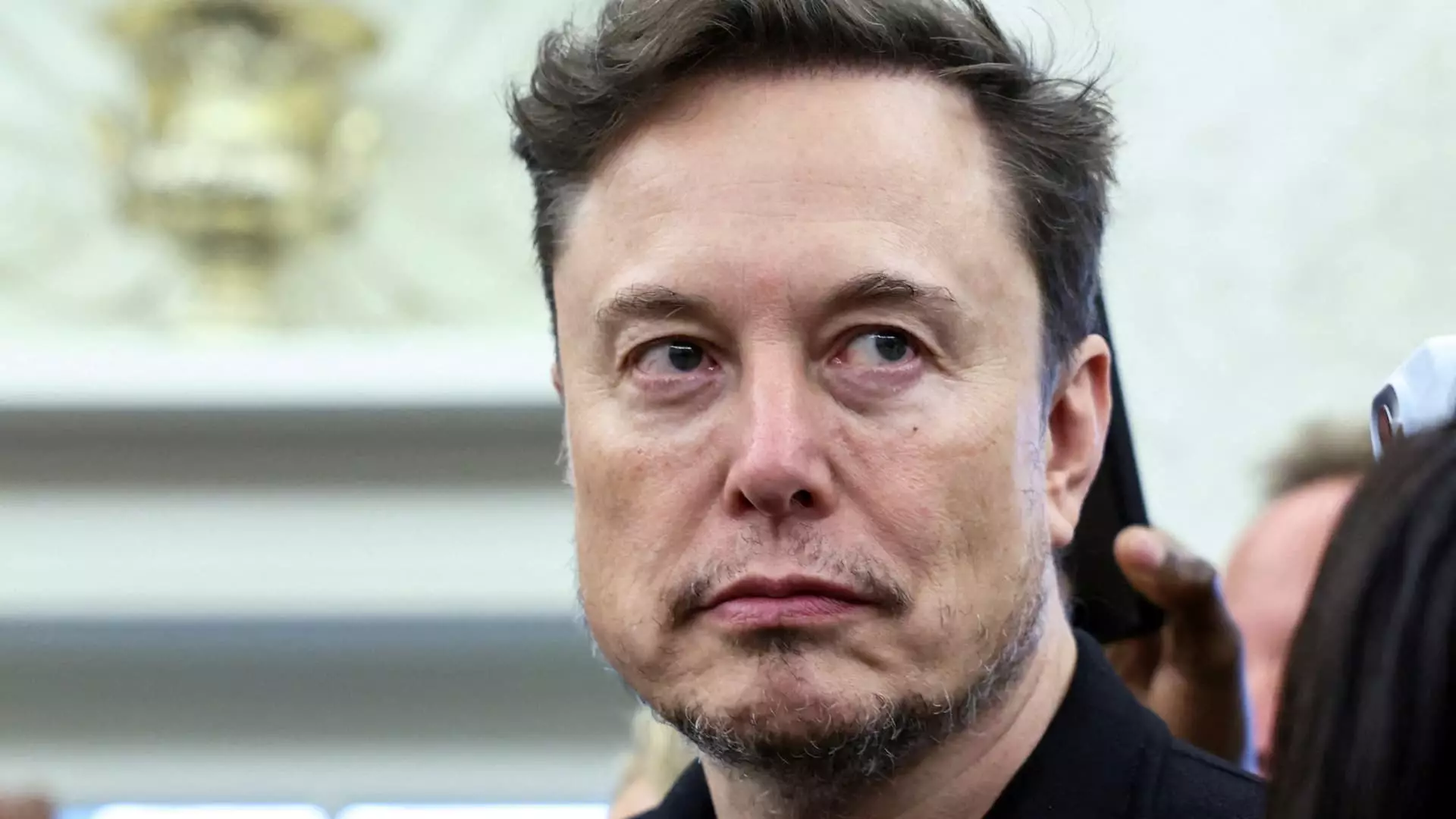On a seemingly ordinary Saturday morning, X, the social media platform previously known as Twitter, faced a significant disruption, inconveniencing a legion of its users. Reports from the analytics service Downdetector revealed that around 25,000 users faced hurdles in accessing the site, peaking at roughly 21,000 complaints just after 8:30 a.m. ET. While the issues appeared to dissipate by 10 a.m., a percentage of the user base continued to grapple with intermittent access issues into the late morning. This was not an isolated incident; it marked the second significant outage in a week, following a similar event just days prior.
Musk’s Response and Reflections
In the face of yet another operational failure, CEO Elon Musk did not shy away from holding himself accountable. He acknowledged the outages on X itself, lamenting that essential operational protocols—particularly failover redundancy—had not functioned as intended. Musk’s candidness about his oversight came with a candid admission of the need for comprehensive operational improvements. He articulated his commitment to the platform by declaring, “Back to spending 24/7 at work and sleeping in conference/server/factory rooms.” Such public transparency signals an undeniable truth: X is in a transition period marked by growing pains and unforeseen setbacks.
A Pattern of Inconsistency
The challenges currently facing X are indicative of broader systemic flaws that have plagued the platform since Musk’s acquisition in 2022. Frequent outages have become an unsettling norm, leading users to question the reliability of the platform for their daily communications. The most notable outage prior to this recent event occurred in March, which Musk himself attributed to a “massive cyberattack.” While cybersecurity threats are indeed real and require vigilant considerations, the frequency of disruptions points to a lack of robust infrastructure.
The Bigger Picture
What does this say about the operational health of one of the world’s most influential social media platforms? Musk’s admission of sleepless nights and hyper-focus reflects a leadership style that values personal dedication but raises questions about overall management strategies. Is the emphasis on direct involvement from top executives sustainable in a tech giant like X, especially when user experience hangs in the balance? Moreover, it challenges the narrative of rapid innovation: how can a platform that strives to be at the forefront of technology afford such lapses in service?
Looking Ahead
In an age where users demand unprecedented reliability from digital communication channels, X needs to recalibrate its operational strategies and infrastructure. It’s no longer sufficient for the platform to simply apologize for outages; it must invest in a resilient backbone capable of withstanding both technical glitches and external threats. The current landscape makes it apparent that robust recovery and prevention mechanisms are crucial for retaining user trust and satisfaction. Elon Musk may have a vision for what X can become, but without significant and immediate action to address these persistent challenges, that vision risks becoming a mere pipe dream.


Leave a Reply